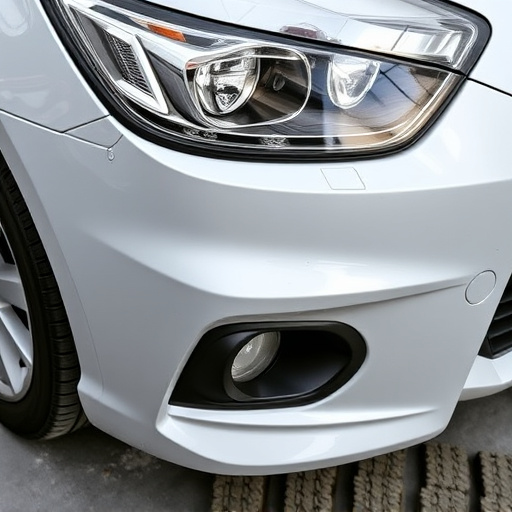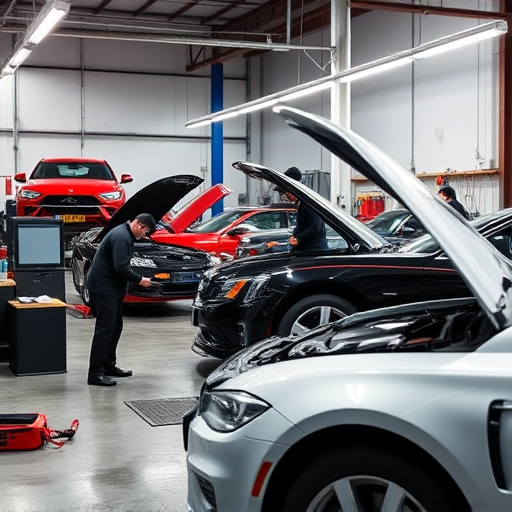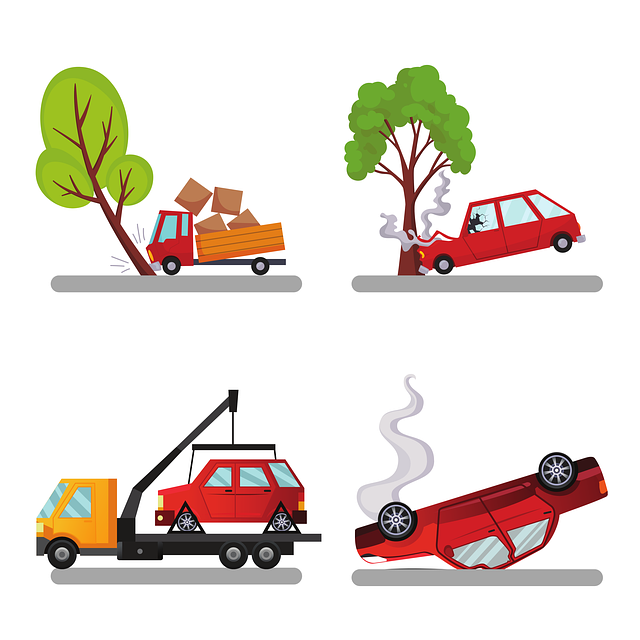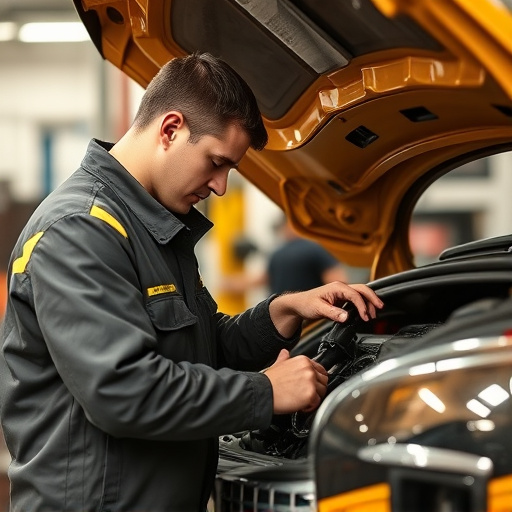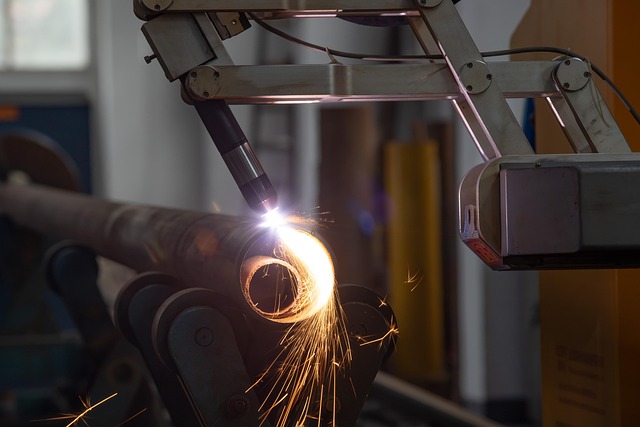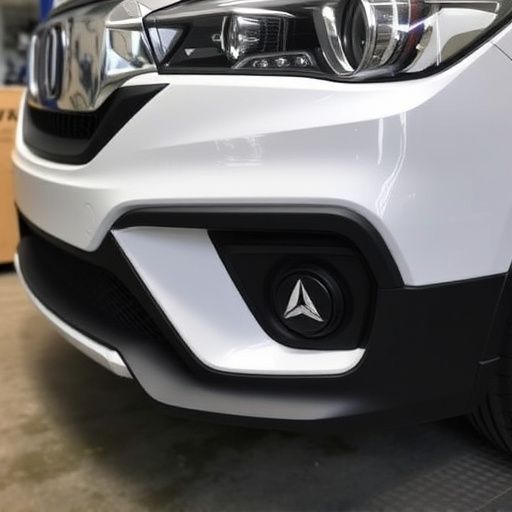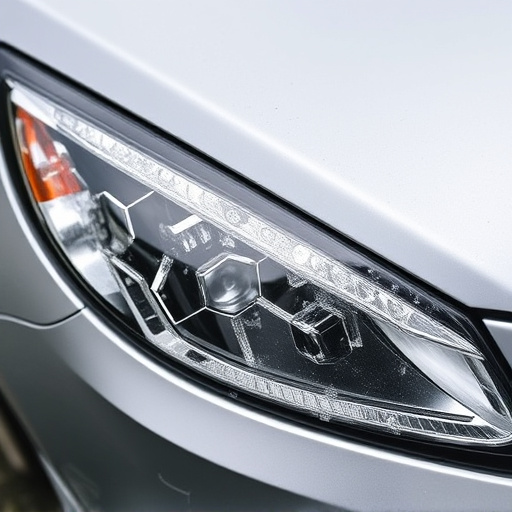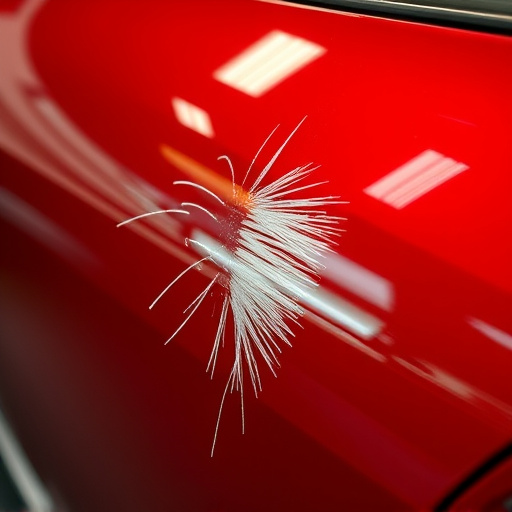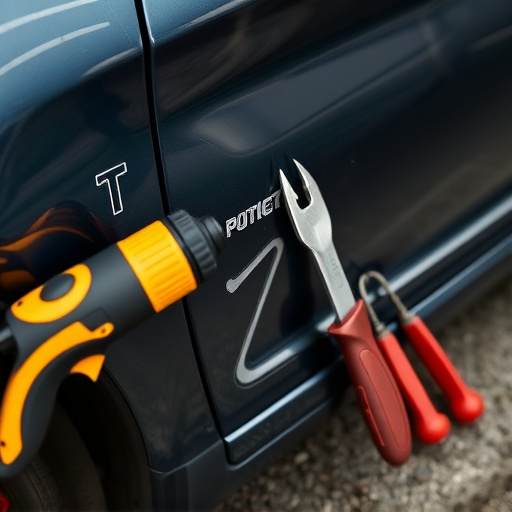Advanced welding techniques, focusing on precise fusion and structural integrity, are transforming industries like automotive and aerospace. Methods like laser welding and robot-assisted arc welding ensure superior results in vehicle repairs and enable complex designs in construction and manufacturing. These innovations drive faster, higher-quality fixes, improve product aesthetics, and explore sustainable manufacturing processes.
“Unleash the power of precision and innovation with a deep dive into the world of advanced welding techniques. This comprehensive guide explores the fundamentals of fusion-based processes, delving into the tools and technologies that enable exacting results. From industrial applications to cutting-edge advancements, discover how these techniques are reshaping manufacturing, construction, and beyond. Get ready to unlock the secrets behind modern welding.”
- Exploring Fusion: Basics of Advanced Welding
- Techniques & Tools: Unlocking Precision Fusion
- Industrial Applications: Shaping the Future with Advanced Welding Techniques
Exploring Fusion: Basics of Advanced Welding

In the realm of advanced welding techniques, understanding fusion is akin to mastering the art of joining metal with precision and strength. Fusion welding goes beyond the fundamental processes of heating and melting; it delves into the science behind creating a robust bond between two or more materials. This intricate technique is pivotal in industries ranging from automotive to aerospace, where superior structural integrity is paramount. By manipulating heat, pressure, and sometimes additives, advanced welding methods ensure that the joint strength equals or exceeds that of the base material itself.
One prominent application of these techniques lies in collision repair and vehicle body repair sectors. Auto repair services often employ advanced welding to restore damaged vehicles, ensuring they meet safety standards while preserving their structural integrity. The precision and efficiency of fusion welding translate into faster repair times and superior results, making it a game-changer in the world of auto body maintenance and reconstruction.
Techniques & Tools: Unlocking Precision Fusion
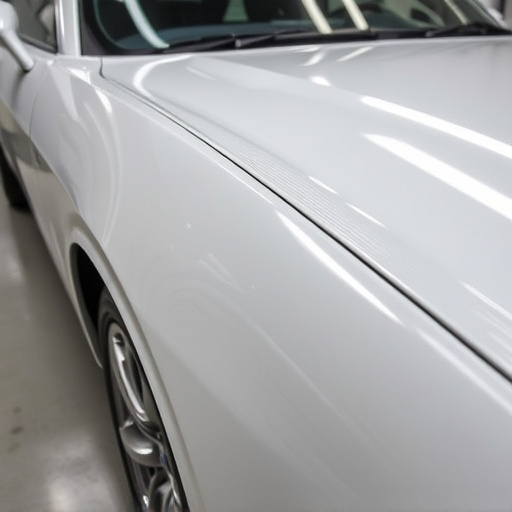
In the realm of advanced welding techniques, precision is key to achieving seamless fusion and structural integrity. Techniques such as laser welding and robot-assisted arc welding leverage cutting-edge tools to unlock unparalleled accuracy. These methods allow for intricate designs and tight tolerances, making them indispensable in industries like automotive restoration and auto repair services. By focusing intense beams of light or automating the arc welding process, these techniques minimize errors and ensure consistent quality, a significant advantage over traditional methods, especially in the intricate processes of an auto collision center.
The precision afforded by advanced tools doesn’t just enhance the final product’s aesthetics; it also boosts structural strength. For instance, laser welding can create fusion across narrow gaps, leading to stronger bonds. Robot-assisted systems, meanwhile, offer consistent speed and angle control, resulting in precise welds that meet exacting specifications. These innovations not only streamline production but also open up new possibilities for complex designs in auto restoration projects, reflecting a true revolution in the field of advanced welding techniques.
Industrial Applications: Shaping the Future with Advanced Welding Techniques

In the modern industrial landscape, advanced welding techniques are no longer just a specialized skill but a driving force shaping the future of various sectors. These innovative methods have found extensive applications in construction, manufacturing, and even automotive industries, revolutionizing how we create, repair, and maintain structures and vehicles. For instance, in the realm of vehicle body repair, advanced welding allows for precise, robust connections, ensuring safety and structural integrity. Collision repair shops and auto repair shops alike leverage these techniques to offer efficient, high-quality repairs, reducing downtime and enhancing customer satisfaction.
Beyond traditional auto applications, advanced welding techniques also transform the way we handle complex projects in architecture and aerospace. By enabling precise manipulation of materials, these methods foster the creation of intricate designs, challenging geometries, and lightweight structures. This shift towards sophisticated welding practices not only enhances structural performance but also opens doors to more sustainable and environmentally friendly manufacturing processes, marking a significant evolution in the field of industrial applications.
Advanced welding techniques have transformed industries, enabling precise and robust fusions that were once considered impossible. By understanding the basics covered in this article—from the fundamentals of fusion to the tools that enhance precision—professionals can harness these innovative methods to create durable solutions across various sectors. The industrial applications of advanced welding are vast, promising a future where precision, speed, and strength go hand in hand.

